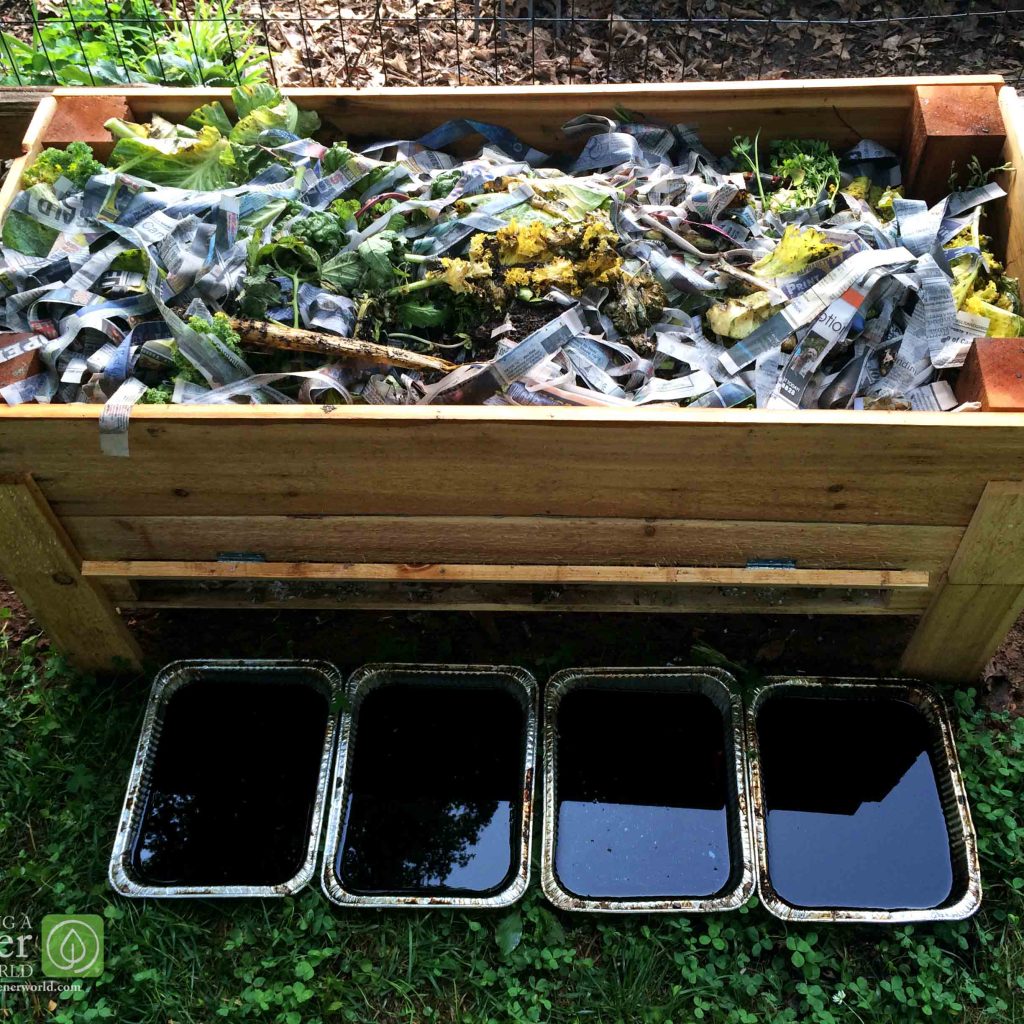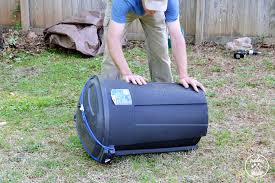Creating a DIY compost bin is an eco-friendly and cost-effective way to reduce waste and improve your garden’s soil. Whether planning a backyard compost bin, looking for an easy DIY compost bin, or considering a DIY kitchen compost bin, this guide has you covered. From crafting a simple DIY compost bin to building a DIY worm composting bin, you’ll find creative solutions for every space, including outdoor DIY compost bins, trash can compost bins, and even DIY compost bin plans made from wood or pallets. Start composting today and effortlessly turn your organic waste into rich, nutrient-packed compost!
Why Build a DIY Compost Bin?
Composting turns organic waste into nutrient-rich compost, ideal for gardening. A DIY compost bin allows you to recycle kitchen scraps and yard waste efficiently while saving money compared to store-bought models. Even during colder months, composting can be a part of your sustainable winter activities, helping you stay eco-friendly year-round.
1. Simple DIY Compost Bin:
A simple DIY compost bin can be constructed using wooden pallets or recycled materials. This design is perfect for beginners and requires minimal tools.

Materials Needed:
- Wooden pallets or old wooden boards
- Nails or screws
- Hinges (optional for doors)
Instructions:
- Arrange the pallets in a square shape.
- Secure them together with nails or screws.
- Optionally, add a door with hinges for easy access.
2. Backyard Compost Bin:
A backyard compost bin is ideal for larger gardens. This type of bin allows you to manage kitchen scraps and yard waste efficiently.
Benefits:
- Reduces landfill waste.
- Produces nutrient-rich compost for your plants.
Setup Tips:
- Choose a shady spot directly on soil for better drainage.
- Ensure good airflow by not packing the materials too tightly.
3. DIY Kitchen Compost Bin:
For those living in apartments or homes with limited outdoor space, a diy kitchen compost bin is essential. This compact solution helps you recycle food scraps easily.
Materials Needed:
- A small container with a lid (like a bucket)
- Charcoal filters (to minimize odors)
Instructions:
- Place the container in your kitchen.
- Add vegetable scraps, coffee grounds, and eggshells.
- Empty the contents into your outdoor compost bin regularly.
4. DIY Indoor Compost Bin:
A DIY indoor compost bin can be created using a plastic storage container. This method is particularly useful for those who want to keep their composting efforts out of sight while focusing on other hobbies like gardening or even learning coding as part of their sustainable lifestyle.
Materials Needed:
- A plastic storage container with a lid
- Ventilation holes (drilled into the lid)
Instructions:
- Drill holes in the lid for ventilation.
- Add shredded newspaper as bedding.
- Introduce red wigglers to break down food scraps.
5. DIY Worm Composting Bin:
Worm composting, or vermicomposting, is an efficient way to create nutrient-rich soil using worms.

Setup:
- Use a plastic or wooden container with drainage holes.
- Fill it with bedding material like shredded cardboard or newspaper.
- Add red wigglers and food scraps.
Benefits:
- Produces high-quality compost quickly.
- Ideal for small spaces.
6. Easy DIY Compost Tumbler:
A DIY compost tumbler accelerates the decomposition process by allowing you to easily mix the materials.

Materials Needed:
- A large plastic barrel with a lid
- PVC pipes (for handles)
Instructions:
- Cut holes in the barrel for aeration.
- Attach PVC pipes as handles for easy rotation.
- Fill it with organic waste and turn it regularly.
7. DIY Compost Bin Plans Using Pallets:
If you have access to pallets, creating a diy compost bin wood design is straightforward and cost-effective.
Steps:
- Collect three or four pallets.
- Arrange them into a square or rectangular shape.
- Secure them together and leave one side open for access.
Conclusion:
Building a DIY compost bin is not only beneficial for your garden but also contributes positively to the environment by reducing waste. Whether you opt for an outdoor setup, an indoor worm bin, or a simple kitchen solution, each method provides unique advantages tailored to your needs. For further information on building your compost systems, check out resources like HomeBiogas and RHS Gardening which offer extensive guides on various types of compost bins and their benefits. Start your journey towards sustainable gardening today by choosing one of these easy DIY compost bin ideas!
FAQS:
How to Make a Compost Bin from a Plastic Dustbin
Creating a compost bin from a plastic dustbin is a straightforward process. Start by drilling holes in the sides and bottom of the dustbin for aeration and drainage. This allows air to circulate, which is essential for the decomposition process. Fill the bin with alternating layers of green materials (like kitchen scraps) and brown materials (like dried leaves). Place the lid on to keep pests out, and your compost bin is ready to use!
How to Build a DIY Backyard Compost Bin
To build a DIY backyard compost bin, you can use wooden pallets or plastic containers. For a simple design, stack pallets in a square shape and secure them together. Alternatively, use two plastic bins: drill holes for ventilation and place one inside the other to catch excess moisture. Start by layering dry materials at the bottom, followed by kitchen scraps. Regularly turn the pile to aerate it, which speeds up decomposition.
How to Make a Homemade Compost Bin?
Making a homemade compost bin can be done using various materials like wood, wire mesh, or plastic containers. A popular method involves using an old trash can or dustbin; simply drill holes for airflow and drainage. Fill it with organic waste, alternating between green and brown materials. Ensure it is placed on soil to allow beneficial organisms to enter and aid in decomposition.
What Are the 7 Steps in Composting?
- Choose Your Bin: Select a suitable container (plastic bin, wood pallets).
- Gather Materials: Collect kitchen scraps (greens) and yard waste (browns).
- Layering: Start with a layer of browns, then add greens.
- Aerate: Turn the compost regularly to introduce oxygen.
- Moisture: Keep the compost damp but not soggy.
- Monitor Temperature: Ensure it heats up; this indicates active decomposition.
- Harvest: After several weeks/months, when it turns dark and crumbly, your compost is ready to use.
What Is the Laziest Way to Compost?
The laziest way to compost is using a passive method where you simply add kitchen scraps and yard waste into a bin without turning it regularly. You can also use a compost tumbler that requires minimal effort; just rotate it occasionally. Another easy option is using a worm composting system that does most of the work for you as worms break down organic matter.
What Is the 3 Bin Compost Method?
The 3 bin compost method involves using three separate bins for different stages of composting. The first bin is where you add fresh materials; once it’s full, you transfer contents to the second bin for active decomposition while starting again in the first bin. The third bin is used for finished compost that has matured and can be used in your garden. This method allows for continuous composting with minimal downtime between batches.
External Resources:

Empowering parents to raise happy, confident kids. Get practical parenting tips and advice on our blog, Smart Parent Guides.
